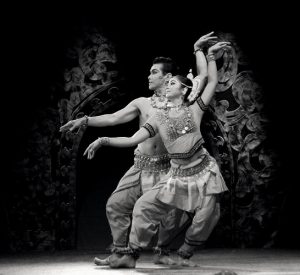Culture is shared values, beliefs, and customs shared amongst a group of people that contribute to a person’s dance aesthetic. The rhythms of West Africa or Argentina that you grew up listening to can also play a part in shaping rhythmic tastes. Dance is an important way that the lore and traditions of a culture are preserved over time as it is passed down from generation to generation.
Different religions incorporate dance into their worship. Some religions include it as an intrinsic part of their ritual, and even link dance to the spiritual experience. Other religions eschew dance altogether. Your religious upbringing and experiences may influence your dance aesthetic.
The program on Safeguarding intangible cultural heritage in formal and non-formal education is a UNESCO initiative, which recognizes that:
UNESCO considers dance an intangible cultural resource. UNESCO’s Intangible Cultural Heritage division recognizes the following in its Summary Report on education: “The creative process of inter generational transmission is at the center of intangible cultural heritage safeguarding.”
Different generations may prefer different dances. The dances your parents and their friends do is probably different from what you and your friends like. Maybe you have a grandparent who can teach you some older dances.
Do you watch dance on television, in movies, online, in live concerts and shows, at half-time? The many factors of your experiences influence your dance aesthetic.
You will also have a personal response to dance. Do you prefer to move fast or slow, bouncy or gliding, all over the room or just a little bit? Do you want your dance to demonstrate emotion, or do you prefer a show of virtuosity?

Consider your physical response to dance as you think about your dance aesthetic. Dance is capable of eliciting joy, sorrow, and a wide spectrum of emotions. What aspect of the dance spoke to your personal experiences?
Dance is a beautiful and meaningful stand-alone art. It can be performed without any ancillary arts. But it is also an art that partners successfully with other arts. Costume, scenery, poetry, drama, and music are often a part of the spectacle. As you watch dances this semester be aware of the music, costumes, and staging that help to lend color and meaning to the dance.
In preserving a culture’s dances one is able to preserve its stories and other art forms as well.